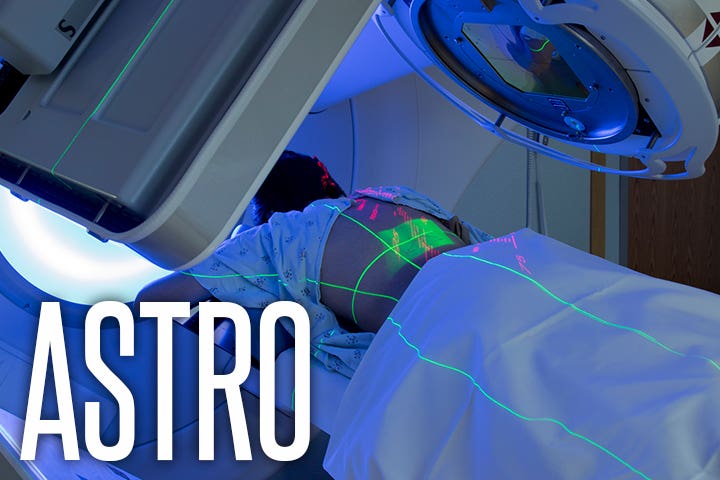I want to talk about (hopefully positive stuff) on ASTRO 2020 meeting.
- How you feel about the meeting.
- Tricks/Tips to navigate the website.
- Important break-through data that is potentially practice-changing.
- Any odds/ends you want to discuss are fine.
- If you can avoid politics, it'd be great...
----
So, I am using 2 separate websites:
#1. ASTRO 2020
#2. 2020 ASTRO Annual Meeting
I have a few thoughts:
1. If you like chronological format, then use the link #1 posted above.
Events are listed in location/chronological order.
Although I have to say that most of the talks are pre-recorded, so you simply listen to it like watching youtube videos.
You don't have much opportunity to ask questions.
In a way, it is very impersonal. It is nobody's fault, basically the way it is for a virtual meeting.
I may be wrong (someone please correct me), but there are very few LIVE meetings where you can Zoom in...
2. Sure, this is not a real physical meeting where you run into some old friends (such as Chicago 2019 meeting)
and just run out of the meeting into a local cafe to talk and have fun.
ASTRO should create something like that using a Zoom format so we can connect with some old friends on Zoom.
3. A main part of the meeting is to interact and ask questions LIVE.
The LIVE part is mostly missing in a virtual meeting.
As an analogy, there is a BIG difference watching a symphony live vs watching the same orchestra pre-recorded music on youtube.
What do you guys/girls think?
- How you feel about the meeting.
- Tricks/Tips to navigate the website.
- Important break-through data that is potentially practice-changing.
- Any odds/ends you want to discuss are fine.
- If you can avoid politics, it'd be great...
----
So, I am using 2 separate websites:
#1. ASTRO 2020
#2. 2020 ASTRO Annual Meeting
I have a few thoughts:
1. If you like chronological format, then use the link #1 posted above.
Events are listed in location/chronological order.
Although I have to say that most of the talks are pre-recorded, so you simply listen to it like watching youtube videos.
You don't have much opportunity to ask questions.
In a way, it is very impersonal. It is nobody's fault, basically the way it is for a virtual meeting.
I may be wrong (someone please correct me), but there are very few LIVE meetings where you can Zoom in...
2. Sure, this is not a real physical meeting where you run into some old friends (such as Chicago 2019 meeting)
and just run out of the meeting into a local cafe to talk and have fun.
ASTRO should create something like that using a Zoom format so we can connect with some old friends on Zoom.
3. A main part of the meeting is to interact and ask questions LIVE.
The LIVE part is mostly missing in a virtual meeting.
As an analogy, there is a BIG difference watching a symphony live vs watching the same orchestra pre-recorded music on youtube.
What do you guys/girls think?




